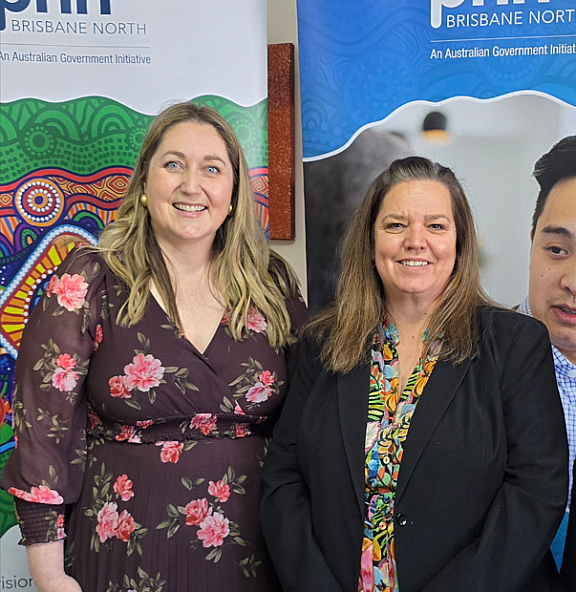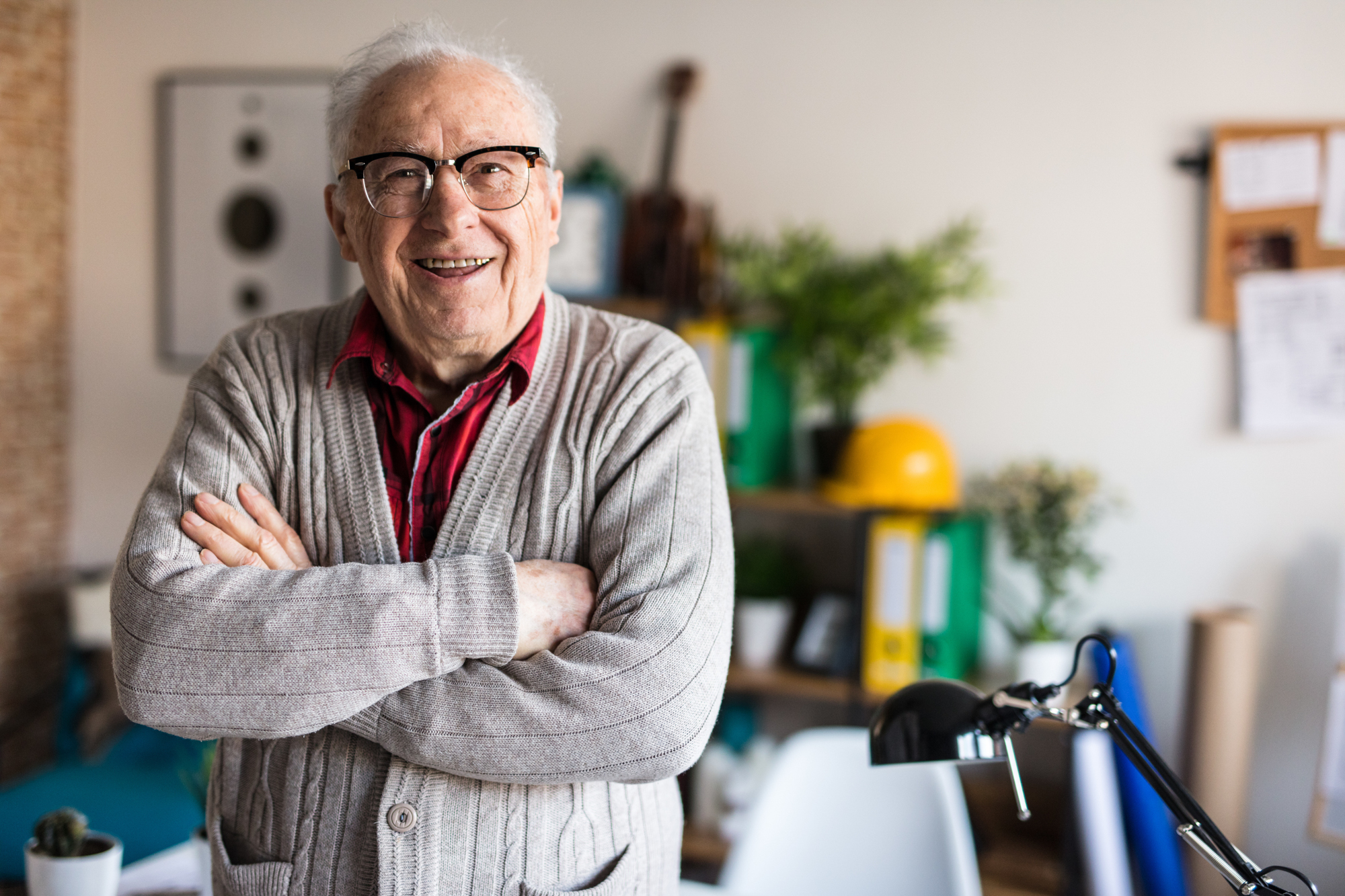
Announced: North Brisbane and Moreton Bay Medicare Mental Health Centres opening from July
Mar 27, 2025
Dec 12, 2021

Human beings are relational beings and we seek to connect and understand each other. Connecting with others, social interaction, reducing loneliness, and validation are all known to create improved wellbeing and better health outcomes. Everyone has a story, and when we facilitate the connection between our clients and their carers, we improve care significantly.
In late 2020 as part of my counselling studies, I started researching a life story process based on reminiscence life story work. Reminiscence life story work is a therapeutic approach which involves recalling life events and recognising the challenges faced, and strengths gained, in order to deepen a person’s sense of peace and emotional wellbeing in later life. It can lead to deeper processing of life events, the creation of meaning and may increase wellbeing.
The Life Story conversation
With this process in mind, I was fortunate to create a placement opportunity at a residential aged care facility in the bayside suburbs of Brisbane. I completed several months of rewarding and joyful work in the aged care sector. By conducting several informal, conversational interviews with each resident, I constructed a short outline of their life with particular reference to their strengths, interests, and life learnings. These insights were then presented in a visual format as a poster displayed in the resident’s room.
Through the process, the residents can see their life through another’s eyes, which can often bring some peace and a sense of pride in a life well-lived. The poster also allows staff interacting with the client for personal or clinical care to quickly understand the whole person behind the patient they are caring for.
An opportunity to connect
The poster gives a snapshot and hints at ways to connect with the person, while identifying areas that could be sensitive for the resident. This process is a gentle pathway to caring for an older person’s mental health and wellbeing while not being a formal therapeutic treatment. It can be a staging post to begin conversations, and, in my experience, this helps to get past that reluctance to ask for help that can be present in many people.
This is an example of how counselling can take a person-centred approach to improving wellbeing and reducing loneliness in aged care, and the role a counsellor can play in supporting clients to see their innate strengths and the times in their life that they have dealt successfully with challenges.
This counselling process can be immensely valuable for older people to reach greater peace and emotional wellbeing. I wish to continue researching the Life Story Poster as a therapeutic modality, especially for people living with dementia. I look forward to being part of changing attitudes to ageing and celebrating the wealth of knowledge and experience that often sits unheard in our older population.
Written by Anne Fowke
Student, Australian College of Applied Psychology
This article forms part of a Psychological Therapies article series, developed through a partnership between The Psychological Therapies Partnership Group and the Australian College of Applied Psychology. The articles demonstrate the role of various therapies in a stepped care approach to mental health and wellbeing.
The Psychological Therapies Partnership Group, led by Brisbane North PHN, is responsible for implementing the Psychological Therapies Chapter (chapter 10) of Planning for Wellbeing; the Brisbane North regional plan for mental health, suicide prevention and alcohol and other drug treatment services.
To find out more about Planning for Wellbeing and the objectives of Chapter 10 – Psychological Therapies, please contact Mary Robertson, Program Development Officer, Mental Health Reform: Mary.Robertson@brisbanenorthphn.org.au.

We acknowledge the Traditional Custodians within our region: the Jagera, Turrbal, Gubbi Gubbi, Waka Waka and the Ningy Ningy peoples of where we meet, work and learn. Brisbane North PHN is committed to reconciliation. Our vision for reconciliation is where the stories of our First Nations’ people are heard and shared, and networks are formed.